Plant Description
Most species belonging to the genus Monstera grow glossy, dark green perforated leaves that are sure to add an airy, tropical feel to your home. As a houseplant, Monstera deliciosa plants grow thick vines and roots, requiring additional staking for support when the plant matures and reaches larger than life sizes. And perhaps best of all, this beautiful indoor plant can tolerate a variety of conditions and will grow rapidly in ideal conditions, making it a must-have addition to any indoor plant enthusiast’s collection.
I mean, do you even indoor plant without a Monstera, bro? Here’s everything I know about monstera deliciosa care.
Monstera Deliciosa Plant Facts
| common name | Monstera, Swiss Cheese Plant, Fruit Salad Plant, Mexican Bread Fruit, Ceriman |
| botanical name | Monstera spp. |
| no. of species | approximately 45 |
| family | Araceae |
| biological life cycle | perennial |
| foliage | evergreen |
| mature size | 13-26 feet high, 5-8 feet wide |
| time to maturity | 1-3 growing seasons, 10-20 years to reach full size |
| origin | tropical forests of Southern Mexico to Panama |
| light conditions | bright, indirect light |
| soil type | well-draining moist soil full of organics and peat |
| soil pH | acidic to neutral (5.5-7) |
| USDA Zone | 10-12 |
| toxicity | slightly toxic to humans toxic to pets |
Popular Varieties Of Monstera Plants
Aside from the species Deliciosa, which is by far the most popular of all Monstera varieties, there are a ton of other awesome plants in the Monstera genus that have all the amazing features you’d come to expect from these types of plants.
- Similar to the Monstera Deliciosa is the Monstera Adansonii. One way to distinguish the two is their size, with the Monstera Adansonii having much smaller leaves. Additionally, the Deliciosa leaf holes will gravitate towards the edge as they age, whereas the holes that the Adansonii have typically remain intake and don’t split at the edge of the plant’s leaves.
- Monstera Borsigniana is a very interesting and versatile house plant to keep. As well as being grown indoors, in the warm climates where it grows naturally Borsigniana can be grown outdoors in patio planters or planted in the ground. It will grow up to 1m tall and wide with a single stem and a crown of leaves at its top. The leaves typically form two neat rows of holes/slits instead of your swiss cheese pattern that’s common in the Deliciosa species.
- The more rare but highly-priced Monstera Variegata is arguably the most striking of all the Monstera varieties. Picture a Deliciosa leaf with white and pale green color variations; a perfect example of the genius of horticulturists and plant geneticists. To further add to the allure of this beautiful-looking variety, with each leaf a new variation of patterning and color variation blends to produce yet another great example of why this plant is so highly regarded amongst the indoor plant community.
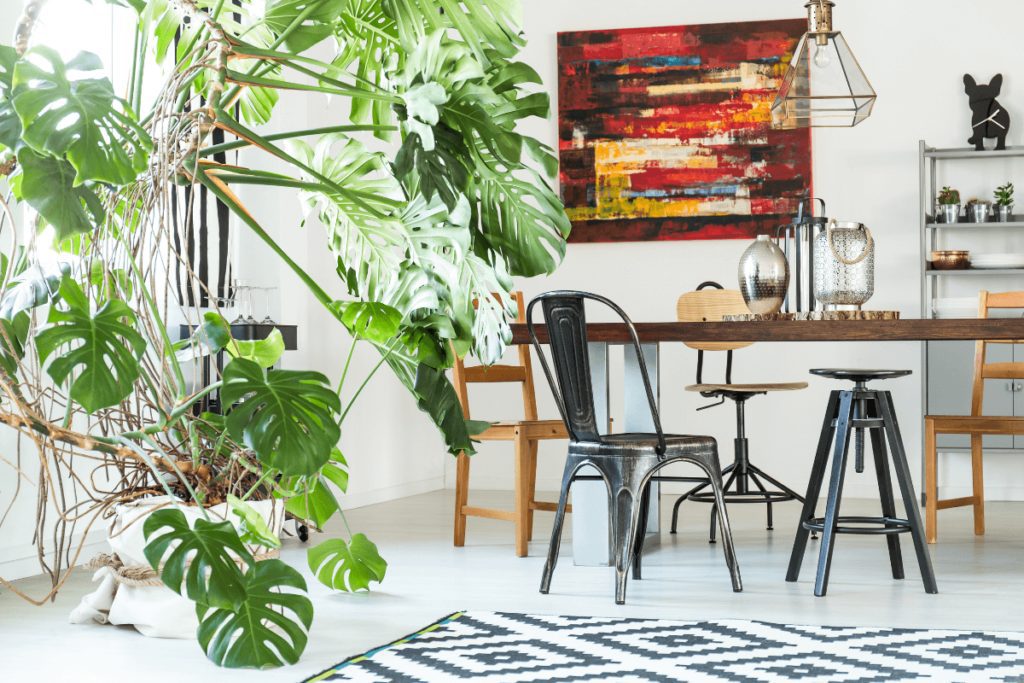
How to take care of monstera plants
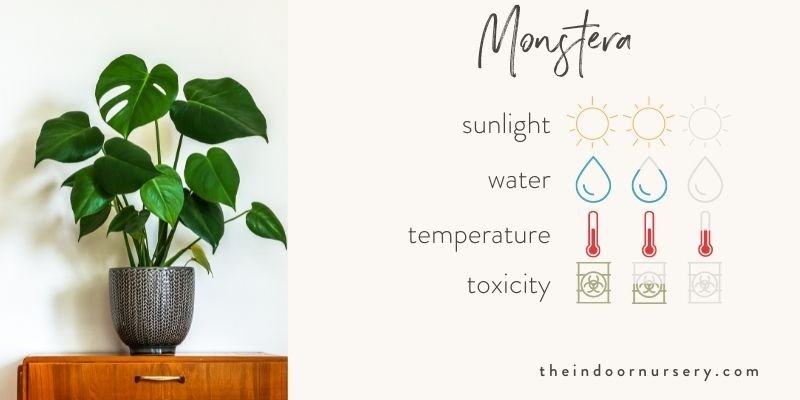
Monstera deliciosa light requirements 🔆
Best light: bright, indirect light
The Monstera plant prefers bright, indirect light. Too much direct sunlight, especially in warmer months, could cause the Monstera leaf to burn. During months when the sun is weaker, placing the Monstera plant in direct sunlight can help for better coloring and leaf growth.
Monstera deliciosa water requirements 💧
Water needs: once a week during the growing season (spring to fall), less frequently during colder months
Water the Monstera Deliciosa plant at least once a week. The soil should dry slightly before watering again. In warmer months and brighter lighting conditions, expect to water the plant more frequently than in colder months and darker lighting.
Learn more: how often to water monstera plants
Monstera deliciosa humidity requirements 🌫️
The Monstera Deliciosa thrives in moderate to high humidity environments, and can also grow in normal humidity environments. To increase humidity indoors, use a mister with demineralized water or rainwater. A humidifier can also be a great addition to any indoor tropical plant collection.
Monstera deliciosa temperature requirements 🌡️
The ideal temperature for Monstera Deliciosa plants is between 65°F (18°C) to 85°F (30°C). Avoid temperatures below 60°F (15°C).
Monstera deliciosa fertilizer requirements 💩
Fertilizer is not necessary for the Swiss Cheese plant. However, a balanced liquid fertilizer can be used during the growing season every few weeks.
Monstera deliciosa soil requirements
Soil Type: equal parts peat-based potting soil and loam-based compost
pH level: between 5.5-7 for strong growth
Use humus-rich, moist, and well-draining soil for the Monstera Deliciosa to grow and flourish. An ideal mix is equal parts of loose potting soil (such as peat-based potting soil) and compost (such as loam-based compost). Overall, the monstera plant can thrive in most well-draining and moderately moist soil. Additionally, any pH level works well with the monstera.
Learn more: here’s the best soil for monstera plants
Repotting monstera deliciosa plants
Monstera plants are fast-growing plants. With that in mind, it’s best to repot them every 1-2 years depending on pot size and growing conditions. For each repot, it’s best to transplant them into a pot that’s at least a few inches wider and deeper if not bigger.
Propagating monstera deliciosa plants 🌱
Monstera is more commonly propagated by stem cuttings. Swiss cheese plant cuttings are easy to root. With cuttings, you have the option of rooting them in water first or simply sticking them straight into the soil. Cuttings should be taken just after a leaf node, removing the bottom-most leaves.
For best results, use a high-quality rooting hormone in the water or on the propagation wound to encourage root growth. This will help the plant produce more roots in less time and increase the likelihood the plant will take.
Stems and leaves respond well to trimming. Cuttings can be used to start new plants. However, the most popular method of propagating M. deliciosa is air-layering, for which you’ll need sharp and clean pruning shears, floral or sphagnum moss, a plastic bag, and twist ties.
First, find a leaf that is growing out of a stem and has a short aerial root below it. Cut a small notch about one-third of the stem’s width, just below that root. Wrap where the leaf joins the stem in a one-inch layer of sphagnum moss. Spray the moss with water to increase moisture and wrap it in plastic. Use twist ties to secure it. Ensure the moss remains moist until roots develop. Finally, cut the stem and establish the young plant in the soil.

Pruning monstera deliciosa plants 🌿
As a vining plant, the Monstera Deliciosa uses its aerial roots to climb upwards. In its native habitat, it uses tree branches to grow. A moss pole or wooden stake in the middle of the pot can provide indoor support to help the vines climb. If aerial roots are in the way or become disorderly, they can be trimmed without harming the Monstera plant. Placing them back into the pot is also another option.
If the monstera has reached optimal growth, pruning off new growth can help to prevent further growth.
Pests and diseases 🐛
Pests: scale, thrips, spider mites, and gnats
The Monstera Deliciosa is not highly susceptible to pests and disease, but they can be prone to common pests. Some of the most common include spider mites, mealybugs, thrips, and scale. Using a damp sponge or spraying leaves directly with water can help keep foliage clean and free of dust and debris. Using an insecticidal soap is also a popular option.
Monstera plant care tips
- To curb excessive growth, avoid re-potting too often and prune regularly by trimming off new growth.
- Although the Monstera Deliciosa is a very popular indoor plant option, it can also thrive in certain outdoor conditions. To grow a Swiss cheese plant outside, ensure the environment is in USDA zones 10-12.
Troubleshooting monstera deliciosa care
Why does my monstera deliciosa have yellowing leaves, black stems + wet potting mix, root rot?
It’s possible overwatering is occurring or that the soil mix is not well-draining. The Monstera should only be watered once the top few inches of soil are dry.
Why does my monstera deliciosa have wilting leaves + consistent dry potting mix?
The Swiss cheese plant is most likely being under-watered, or is pot-bound and needs to be repotted into a larger container.
Why does my monstera deliciosa have crispy brown leaves and leaf edges?
The Monstera plant could be receiving too harsh of direct sunlight or is in need of more frequent watering.
Shop our recommendations
- The Best Hydroponic Tower For Indoor Gardening
- 10 Best Worm Composter Bins For Easy Homemade Compost
- The Best pH Meter For Soil
- The 6 Best Dehumidifiers For Grow Tents
- The Best Complete Indoor Hydroponic Grow System
- 5 Best Grow Light Strips For Indoor Plants
- TESTED: Aerogarden vs Click and Grow Smart Garden
- Our *hands on* MARS HYDRO TSW 2000 review (with photos)
- 7 Best Hygrometers For Indoor Plants
- The Best Coco Coir For Your Plant’s Healthiest Root System Ever

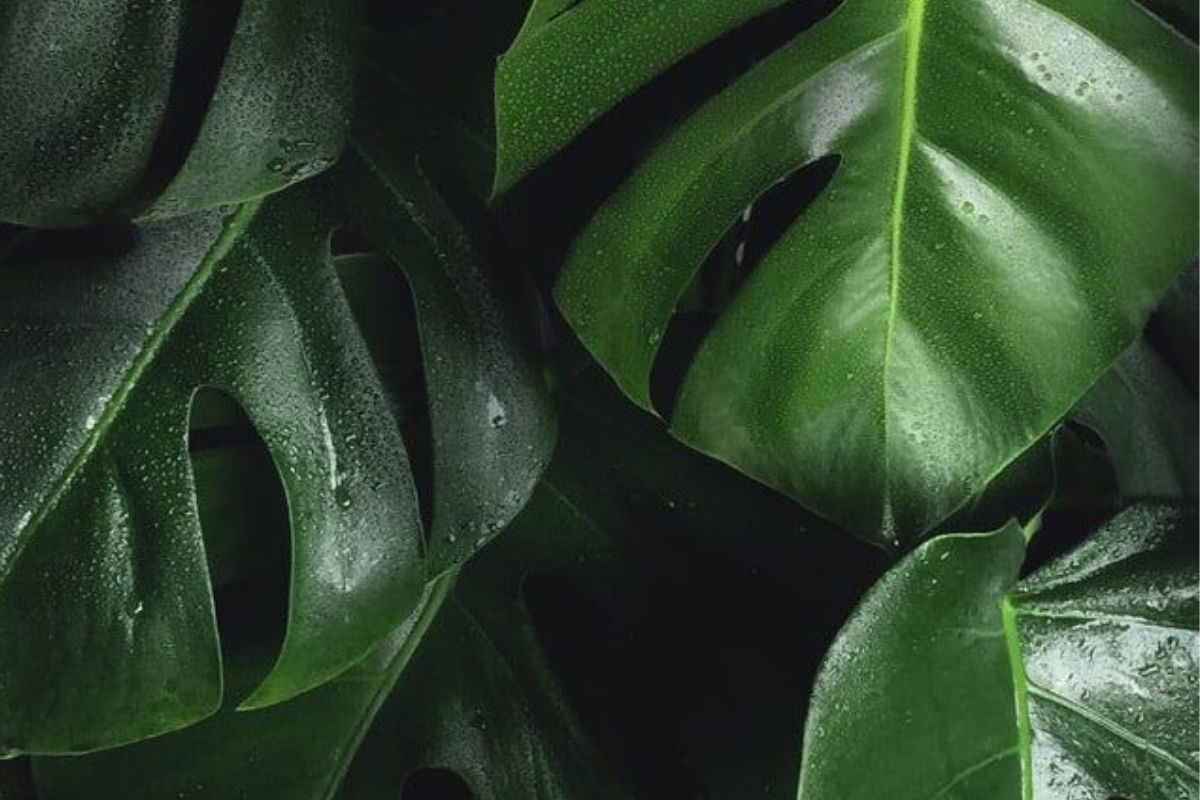
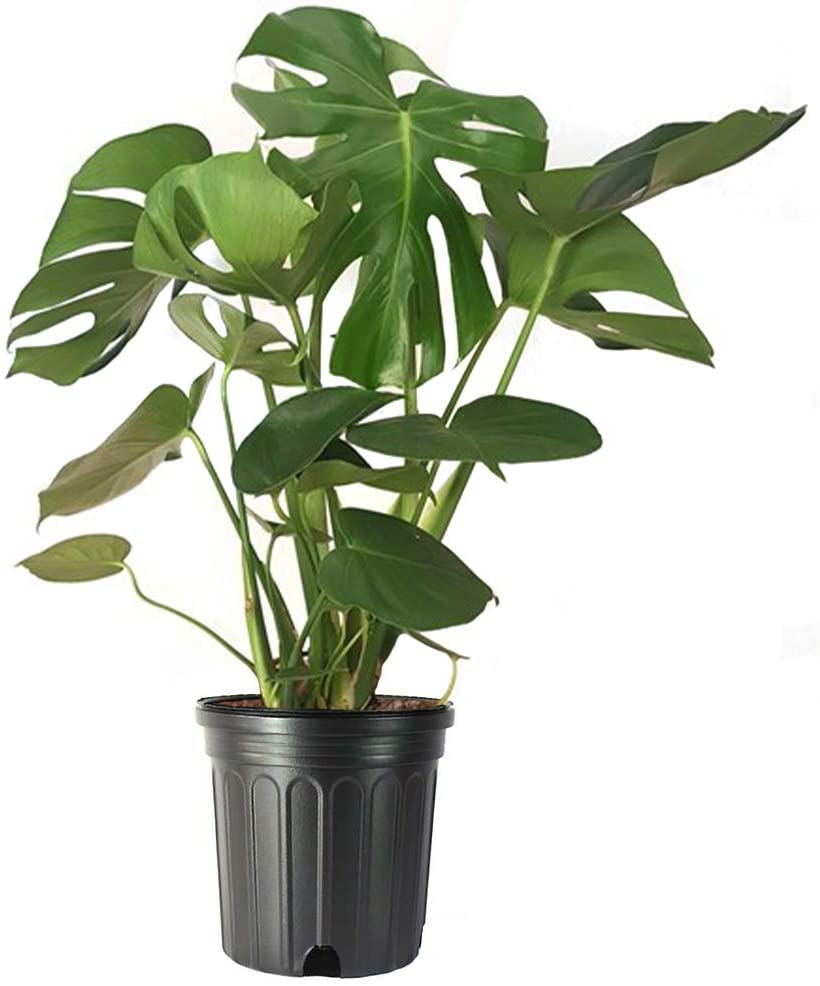
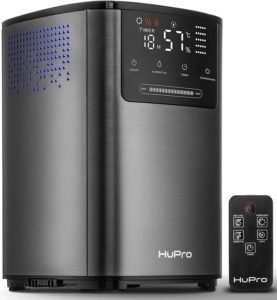
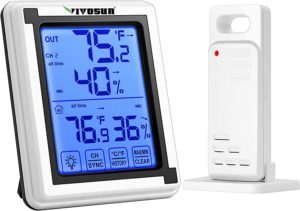



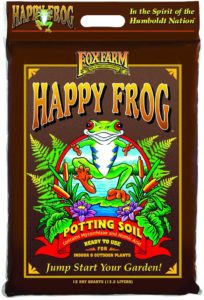
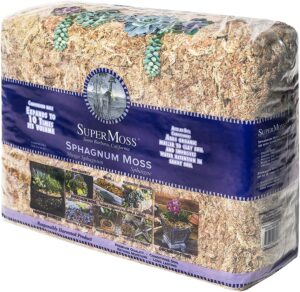
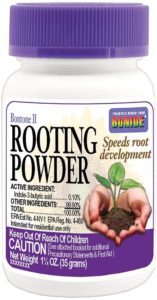



Hey, Marcia! Thanks for reading :) gosh, that's a great idea to double up on your watering globe and spike.…